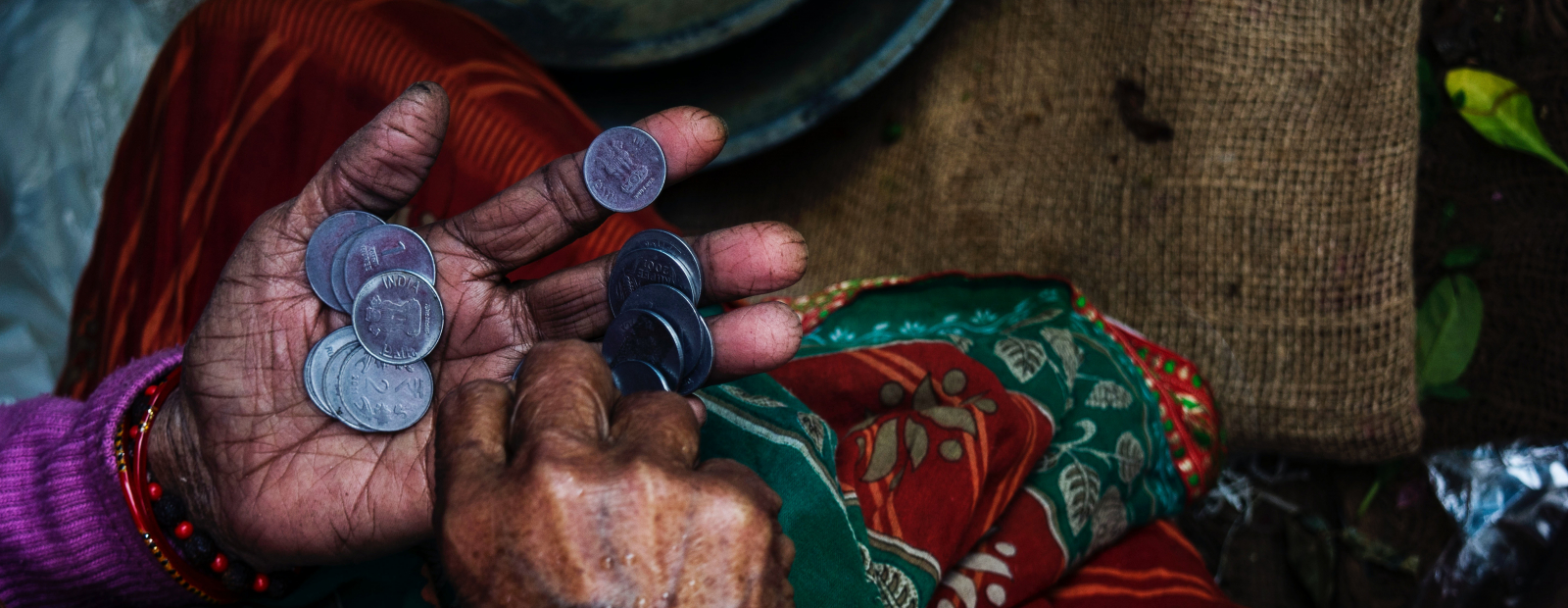The FAO’s annual report estimates that the number of people living in “acute food insecurity” in the world rose by nearly 40 million last year, and experts have warned that Russia’s war in Ukraine could lead to even more famine.
Acute food insecurity is affecting 53 countries around the world and has hit the Democratic Republic of the Congo, Ethiopia, Yemen and Afghanistan hardest, with millions at risk of starvation following the Taliban’s takeover last August and the country’s financial crisis.
According to the UN definition, “acute food insecurity” is a situation where a person is unable to obtain adequate food and this endangers their lives.
The number of hungry people in the world has risen steadily since the FAO, the World Food Program and the European Union first published such a report in 2016.
The increase in the number of people living in acute food insecurity in 2021 is due to a combination of “toxic troika – conflict, extreme weather and economic turmoil”, the UN agency explained.
Both Russia and Ukraine are major exporters of agricultural products, and several countries with a major food crisis, such as Somalia, the Democratic Republic of the Congo and Madagascar, received most of their wheat from Ukraine and Russia last year.
The FAO therefore warned that “the outlook is not good” and that “immediate humanitarian action is needed” to prevent “devastating famine and loss of life”.
In 2021, conflict and instability were the main drivers of acute hunger in 24 countries, affecting 139 million people.
The economic turmoil exacerbated by the Covid-19 pandemic affected the hungry in 21 countries, affecting a total of 30.2 million people.
Extreme weather events, on the other hand, were the main driver of acute food insecurity in eight African countries, affecting 23.5 million people.
The FAO has estimated that it needs $ 1.5 billion (€ 1.4 billion) to stabilize and increase local food production in the most vulnerable regions where the sowing season is beginning.
–


